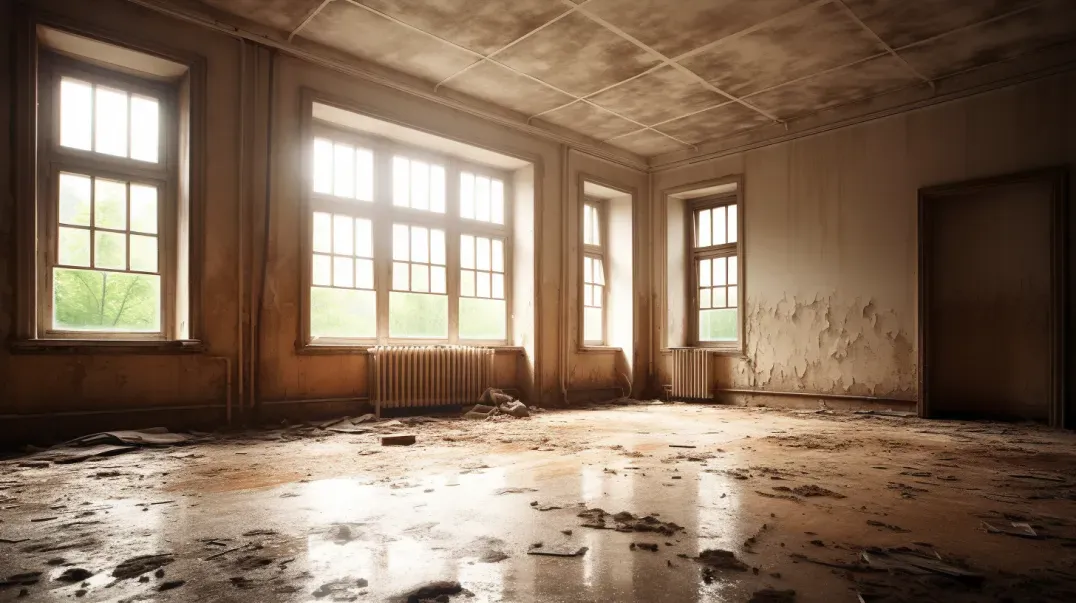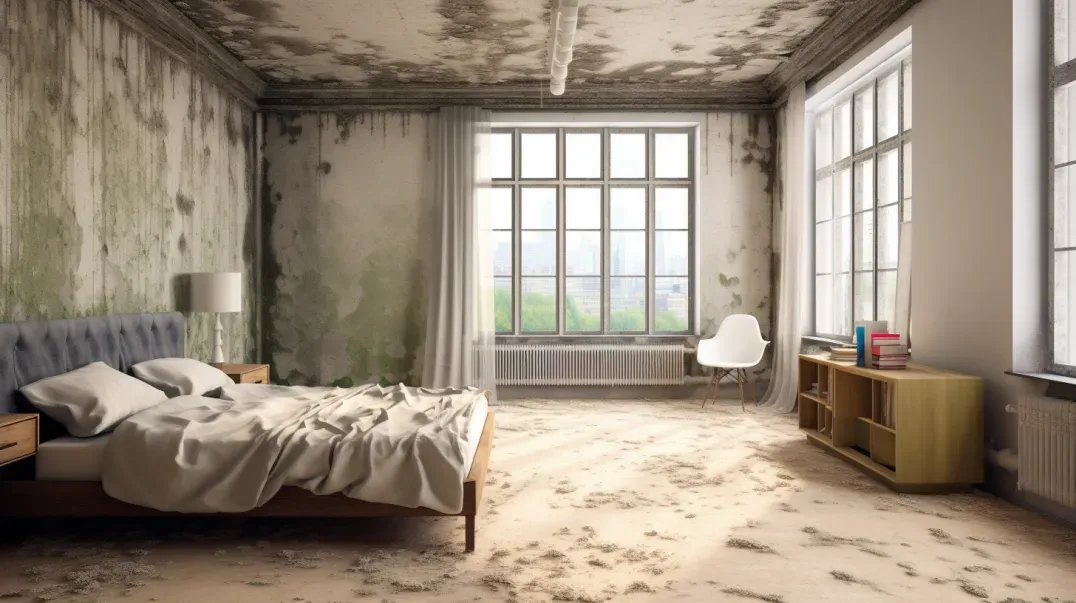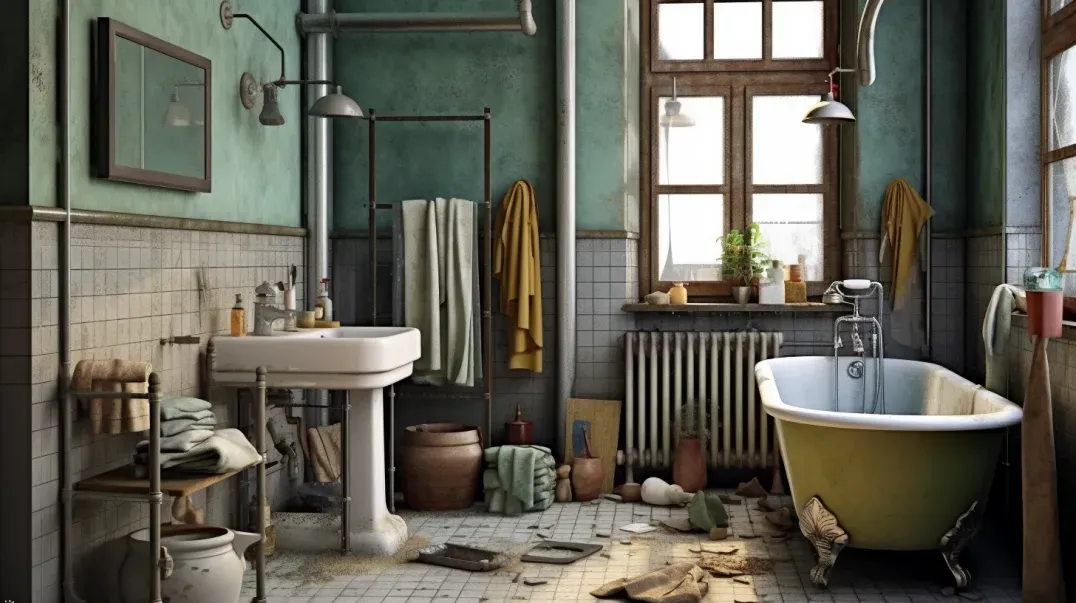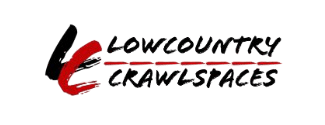Landscaping Strategies to Reduce Mold Risk
The connection between outdoor landscaping and indoor mold risk is often overlooked by homeowners. Yet, the design and maintenance of your home's exterior landscape play a crucial role in either mitigating or exacerbating mold problems within your living spaces. Understanding this relationship is key to creating a healthy, mold-free environment both outside and inside your home.
Outdoor landscaping influences indoor mold risk through various pathways. Proper grading and drainage are essential to prevent water from pooling near your home's foundation, where it can seep into basements and crawl spaces, creating ideal conditions for mold growth. Similarly, the types of plants selected and their proximity to your home can affect moisture levels and ventilation, further impacting mold risk. Overhanging branches and dense foliage can trap moisture and restrict airflow, while certain plants can attract more moisture to the soil near your home, increasing the risk of water intrusion.
This blog will explore the intricacies of how outdoor landscaping affects indoor mold risk, offering insights into effective landscaping strategies to prevent mold growth. By adopting practices that ensure proper water drainage away from your home, selecting suitable plants, and maintaining a healthy distance between vegetation and your home's exterior, you can significantly reduce the potential for mold development indoors. Understanding these principles allows homeowners to enjoy the benefits of beautiful landscaping while safeguarding their home's interior from the threat of mold.
Understanding the Link Between Landscaping and Mold
The connection between outdoor landscaping and the indoor environment of your home is more significant than many might assume, especially regarding mold risk. Proper landscaping can play a crucial role in preventing moisture from compromising your home's structure and air quality. Conversely, certain landscaping practices can inadvertently increase the risk of mold growth inside your home. Understanding how exterior moisture can lead to interior mold issues and identifying which landscaping elements affect mold risk are essential steps in creating a healthier living space.
How Outdoor Moisture Contributes to Indoor Mold
Moisture is the primary factor in mold growth, and its management starts outside your home. Here's how outdoor moisture can contribute to indoor mold issues:
- Improper Drainage: Landscaping that does not adequately direct water away from your home's foundation can lead to excess moisture seeping into basements and crawl spaces, creating ideal conditions for mold growth.
- Overwatering: Excessive watering of gardens and lawns near your home can increase the soil's moisture level, raising the risk of water infiltrating your home's foundation or basement walls.
- Gutters and Downspouts: Misdirected or clogged gutters and downspouts can cause water to pool around your home, potentially leading to increased humidity levels inside and, consequently, mold growth.
- Addressing these issues through thoughtful landscaping and maintenance can significantly reduce the risk of outdoor moisture contributing to indoor mold.
Common Landscaping Features That Affect Mold Risk
Certain landscaping features can either increase or decrease your home's mold risk. Recognizing and adjusting these elements can help protect your home:
- Grading: The slope of your yard should direct water away from your home, not towards it. Proper grading prevents water accumulation around your foundation, reducing mold risk.
- Plants and Shrubs: While plants and shrubs can beautify your home, they should be placed at a safe distance from your foundation. Overgrown vegetation can trap moisture against your home's walls, promoting mold growth.
- Mulch: Organic mulches retain moisture and can increase humidity levels around your home's foundation if placed too close. Inorganic mulches or a proper distance can mitigate this risk.
- Irrigation Systems: Efficient irrigation systems that prevent overwatering and ensure water is directed away from your home's foundation can help in reducing mold risk.
By understanding the link between landscaping and mold, homeowners can take proactive steps to mitigate risks, ensuring their outdoor landscaping practices contribute positively to their indoor environment. Thoughtful landscaping not only enhances your home's curb appeal but also plays a vital role in protecting your home from the potential hazards of mold growth.
Effective Water Management in Landscaping
Effective water management through strategic landscaping is crucial in protecting your home from moisture-related issues, including mold growth and foundation damage. By implementing proper drainage solutions and ensuring the correct sloping and grading of your property, you can significantly reduce the risk of water damage and maintain a healthier indoor environment. This section explores techniques for effective water drainage away from the home and highlights the importance of gutter systems, downspouts, sloping, and grading in mold prevention.
Proper Drainage Solutions
Ensuring effective water drainage away from your home is foundational in preventing moisture accumulation that can lead to mold growth. Here are key techniques and considerations:
- Gutter Systems and Downspouts: A well-maintained gutter system is essential for directing rainwater away from your home's foundation. Ensure gutters are free of debris to prevent blockages and water overflow. Downspouts should extend several feet away from the foundation, directing water to a location where it can be absorbed without causing damage.
- French Drains: Installing French drains around your property can help redirect sub-surface water away from your home. These trenches filled with gravel or rock contain a perforated pipe that redirects water, preventing accumulation near the foundation.
- Dry Wells: For properties where surface water collection is an issue, dry wells can be an effective solution. These underground structures collect and slowly release water back into the soil, away from the home.
Sloping and Grading
The landscape's slope and grading around your home play a critical role in water management:
- Proper Sloping: Ensure the ground slopes away from your home's foundation. A slope of at least 6 inches over the first 10 feet from the foundation is recommended to facilitate water flow away from the house.
- Regrading if Necessary: If your property does not naturally slope away from your home, consider regrading the landscape. This process involves reshaping the land around your home to create a downward slope away from the foundation, preventing water accumulation.
Effective sloping and grading, combined with proper drainage solutions, create a comprehensive approach to water management in landscaping. These measures not only prevent water accumulation near foundations but also contribute significantly to mold prevention by keeping basements and crawl spaces dry.
Plant Selection and Placement
The selection and placement of plants in your landscaping can have a significant impact on your home's moisture levels and mold risk. Choosing mold-resistant plants and positioning them strategically can enhance your property's aesthetics without compromising its structural integrity or indoor air quality. This section will introduce plants less likely to contribute to mold growth and provide guidelines for their placement to minimize mold risk effectively.
Choosing Mold-Resistant Plants
Incorporating mold-resistant plants into your landscaping is a proactive step toward maintaining a mold-free environment. Here is a list of plants known for their resistance to mold and mildew:
- Ornamental Grasses: Many ornamental grasses are drought-tolerant and require minimal watering, reducing moisture accumulation. Examples include Feather Reed Grass (Calamagrostis x acutiflora) and Blue Fescue (Festuca glauca).
- Lavender (Lavandula): Lavender thrives in dry, well-drained soil and full sun, making it less prone to mold and mildew.
- Sedum (Sedum spp.): Also known as "stonecrop," sedum varieties are succulents that prefer dry conditions, making them unlikely to contribute to mold growth.
- Bee Balm (Monarda): While some varieties may be susceptible, many modern hybrids are bred for resistance to powdery mildew, a common fungal issue.
- Zinnias (Zinnia elegans): Selecting mildew-resistant cultivars of zinnias can add color to your garden without the mold risk.
Choosing these and other mold-resistant plants can help keep your garden beautiful and your home's exterior free from additional moisture that could lead to mold issues.
Strategic Plant Placement
The location and distance at which you plant can also influence your home's mold risk. Here are some guidelines for strategic plant placement:
- Distance from the Home: Keep trees and shrubs at least 3 to 5 feet away from your home's foundation to prevent moisture from being trapped against walls and to allow for adequate air circulation.
- Consider Mature Size: When planting, consider the mature size of trees and shrubs to ensure they won't overhang roofs or gutters, contributing to moisture accumulation and blockages that can lead to mold.
- Sunlight Exposure: Position plants to maximize sunlight exposure, which can help reduce moisture on plant surfaces and nearby areas, further minimizing mold risk.
- Proper Spacing: Ensure adequate spacing between plants to improve air circulation, reducing humidity levels and the potential for mold growth.
By selecting mold-resistant plants and adhering to strategic placement guidelines, you can create a landscape that is not only visually appealing but also conducive to a mold-free home environment.
Hardscaping to Reduce Mold Risk
Hardscaping, the incorporation of non-living elements into your landscape design, can play a pivotal role in managing moisture around your home, thereby reducing the risk of mold growth. By integrating features such as patios, walkways, and retaining walls, homeowners can effectively divert water away from the home's foundation and prevent moisture accumulation. This section explores the benefits of hardscaping for moisture control and highlights key materials and design considerations that can further mitigate mold risk.
Benefits of Hardscaping
Hardscaping offers several advantages in the context of moisture management and mold prevention:
- Water Diversion: Properly designed hardscapes can direct rainwater and runoff away from your home, preventing water from pooling near the foundation where it could seep into basements or crawl spaces.
- Reduced Soil Erosion: Hardscaping elements like retaining walls and terraces can minimize soil erosion, which often contributes to foundation exposure and increased moisture penetration.
- Decreased Plant-Related Moisture: By replacing some garden areas with hardscaping, you reduce the amount of irrigation needed and limit moisture levels in the soil, further diminishing mold risk.
- Incorporating hardscaping into your landscape not only enhances your property's aesthetics but also serves as a practical approach to moisture control.
Materials and Design Considerations
Choosing the right materials and designs for your hardscaping projects is crucial in maximizing their effectiveness in reducing mold risk:
- Permeable Paving: Opt for permeable paving materials for patios and walkways, such as porous concrete, pavers, or natural stone with gravel gaps. These materials allow water to filter through and be absorbed by the ground, reducing runoff and moisture accumulation.
- Slope and Drainage Integration: Design hardscape features with a slight slope away from your home to facilitate water runoff. Incorporate drainage solutions, like French drains or channels, into the design to manage water flow effectively.
- Moisture-Resistant Materials: Select materials known for their durability and resistance to moisture. Natural stone, concrete, and treated wood can withstand exposure to moisture better than untreated materials, making them less likely to harbor mold.
By carefully selecting materials and incorporating strategic design elements, hardscaping can significantly contribute to a comprehensive moisture management plan, effectively reducing the potential for mold growth around your home.
Mulching and Ground Cover
Mulching and the use of ground cover plants are common landscaping practices that, when applied correctly, can enhance soil health, suppress weeds, and contribute to moisture control in your garden. However, the type of mulch used and the method of application can significantly impact the risk of mold growth in your landscaping. Similarly, selecting the right ground cover can play a crucial role in reducing excess moisture that could lead to mold issues. This section explores the appropriate use of mulch and ground cover alternatives that help maintain a healthy balance of moisture in your garden.
Appropriate Use of Mulch
Mulch serves multiple purposes in landscaping, including moisture retention, temperature regulation, and aesthetic enhancement. However, its role in moisture control means that the choice of mulch and how it's applied can influence mold risk.
- Types of Mulch to Use and Avoid: Organic mulches, such as wood chips, straw, and leaves, are popular for their soil-enhancing properties but can retain moisture and decompose, potentially fostering mold growth. To minimize mold risk, consider using less moisture-retentive mulches like cedar bark, which has natural mold-resistant properties, or inorganic mulches like stone or rubber chips.
- Best Practices for Mulch Application: To prevent mold growth, apply a thinner layer of mulch, typically no more than 2-3 inches deep, allowing for better air circulation and less moisture retention. Ensure mulch is not in direct contact with your home's foundation or siding, as this can transfer moisture to the structure, increasing mold risk.
Ground Cover Alternatives
Ground cover plants can be an effective alternative to traditional mulching, offering the benefits of erosion control, moisture management, and aesthetic appeal without the same mold risks associated with organic mulches.
- Low-Growing Perennials: Plants like creeping thyme, sedum, and ajuga are excellent ground covers that require minimal watering, reducing moisture levels in the soil.
- Native Plants: Opting for native plants as ground cover can also reduce moisture and mold risk, as these plants are adapted to local climate conditions and typically require less watering.
- Artificial Ground Cover: For areas where natural ground covers might struggle or where minimal maintenance is desired, artificial turf or gravel can provide an aesthetically pleasing and practical solution for moisture control.
By carefully selecting and applying mulch and choosing ground cover alternatives suited to your local climate and soil conditions, you can effectively manage garden moisture levels, reducing the risk of mold growth in your landscaping.
FAQs
Contact Lowcountry Crawlspaces Today!
Lowcountry Crawlspaces will do everything we can to ensure your experience with us is excellent.
Request A FREE Estimate
CHECKOUT RECENT POST



Schedule Your FREE Crawl Space Evaluation Today
There Is No Crawl Space Job We Can’t Fix!




